Filter by

Microbial-mediated Induced Systemic Resistance in Plants
With a focus on food safety, this book highlights the importance of microbes in sustainable agriculture. Plants, sessile organisms that are considered as primary producers in the ecosystem and communicate with above- and below-ground communities that consist of microbes, insects, and other vertebrate and invertebrate animals, are subjected to various kinds of stress. Broadly speaking, these can…
- Edition
- 1
- ISBN/ISSN
- 978-981-10-0387-5
- Collation
- X, 226
- Series Title
- -
- Call Number
- -
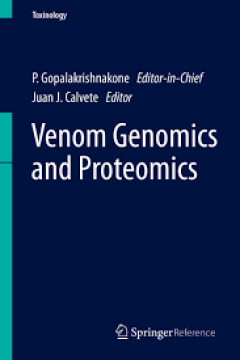
Venom Genomics and Proteomics
This volume provides the reader with recent advances in the fields of molecular toxinology, the biotechnological applications of venom toxins, and antivenom production. The content of the twenty chapters of Venom Genomics and Proteomics illustrates not only the enormous progress made since the implementation of omics technologies in the field of toxinology, but one also realizes the road still …
- Edition
- -
- ISBN/ISSN
- 978-94-007-6416-3
- Collation
- XXI, 454
- Series Title
- -
- Call Number
- -
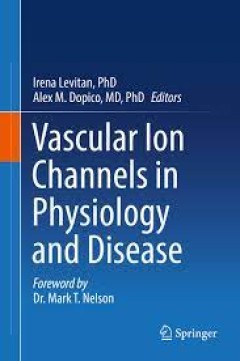
Vascular Ion Channels in Physiology and Disease
Ion channels are the major class of membrane proteins responsible for rapid and regulated transport of ions across biological membranes and for the generation and propagation of electrical signals in the brain, heart, and skeletal and vascular tissues. Ion channels are also known to play critical roles in regulation of cell proliferation, insulin secretion and intracellular signaling in a varie…
- Edition
- -
- ISBN/ISSN
- 978-3-319-29635-7
- Collation
- XVII, 431
- Series Title
- -
- Call Number
- -

Handbook of Cardiac Anatomy, Physiology, and Devices
This book covers the latest information on the anatomic features, underlying physiologic mechanisms, and treatments for diseases of the heart. Key chapters address animal models for cardiac research, cardiac mapping systems, heart-valve disease and genomics-based tools and technology. Once again, a companion of supplementary videos offer unique insights into the working heart that enhance the u…
- Edition
- -
- ISBN/ISSN
- 978-3-319-19463-9
- Collation
- XI, 817
- Series Title
- -
- Call Number
- 611.1 HAN
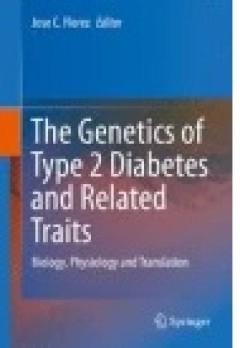
The Genetics of Type 2 Diabetes and Related Traits
The first section explores genome-wide association studies, the extension of this method to less accessible phenotypes and the arrival of next-generation sequencing. A further section goes beyond genetics to illustrate how other data sources can help interpret genetic data, such as leveraging population diversity, the correlation of genetic associations with physiological measurements, gene exp…
- Edition
- -
- ISBN/ISSN
- 978-3-319-01574-3
- Collation
- XI, 576
- Series Title
- -
- Call Number
- -
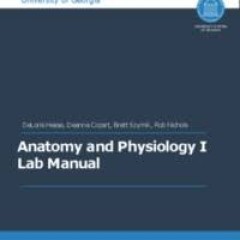
UGA Anatomy and Physiology 1 Lab Manual
Physiology is the study of organ function and interaction. Physiology may be studied from the molecular level to the organism level. The hierarchical levels of organization of the human body from the smallest structure to the largest structure are molecular, cellular, tissue, organ system, and organism
- Edition
- -
- ISBN/ISSN
- -
- Collation
- -
- Series Title
- -
- Call Number
- 611 HES u
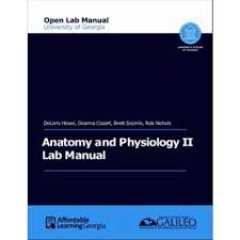
UGA Anatomy and Physiology 2 Lab Manual
The manual contains the following labs: Blood Composition Blood Typing Heart Anatomy Cardiovascular Physiology Systemic Blood Vessels Anatomy of the Respiratory System Physiology of the Respiratory System Renal Anatomy Urinalysis Digestive System Anatomy Digestive Physiology Male Reproductive System Female Reproductive System
- Edition
- -
- ISBN/ISSN
- -
- Collation
- -
- Series Title
- -
- Call Number
- 611 MAS u
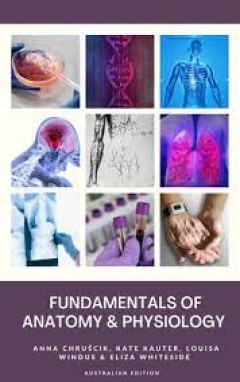
Fundamentals of Anatomy and Physiology - Australian Edition
ght in Australia, aiming to provide students with an increased access to free, high-quality learning materials. The material in this textbook is largely based on OpenStax’s Anatomy & Physiology textbook, however, has been modified for Australian course curriculum.
- Edition
- -
- ISBN/ISSN
- -
- Collation
- -
- Series Title
- -
- Call Number
- 611 CHR f
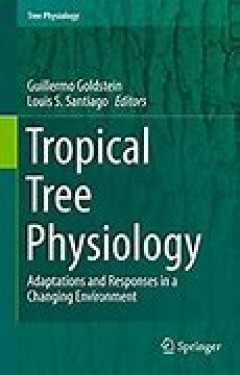
Tropical Tree Physiology Adaptations and Responses in a Changing Environment
This book presents the latest information on tropical tree physiology, making it a valuable research tool for a wide variety of researchers. It is also of general interest to ecologists (e.g. Ecological Society of America; > 3000 or 4000 members at annual meeting), physiologists (e.g. American Society of Plant Biologists; > 2,000 members at annual meeting), and tropical biologists (e.g. Associa…
- Edition
- -
- ISBN/ISSN
- 978-3-319-27422-5
- Collation
- 54 b/w illustrations, 72 illustrations in colour
- Series Title
- -
- Call Number
- -
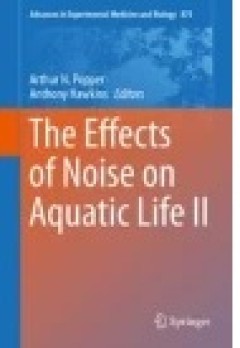
The Effects of Noise on Aquatic Life II
The meeting of Aquatic Noise 2013 will introduce participants to the most recent research data, regulatory issues and thinking about effects of man-made noise and will foster critical cross-disciplinary discussion between the participants. Emphasis will be on the cross-fertilization of ideas and findings across species and noise sources. As with its predecessor, The Effects of Noise on Aquatic …
- Edition
- -
- ISBN/ISSN
- 978-1-4939-2981-8
- Collation
- XXX, 1292
- Series Title
- Advances in Experimental Medicine and Biology
- Call Number
- -
 Computer Science, Information & General Works
Computer Science, Information & General Works  Philosophy & Psychology
Philosophy & Psychology  Religion
Religion  Social Sciences
Social Sciences  Language
Language  Pure Science
Pure Science  Applied Sciences
Applied Sciences  Art & Recreation
Art & Recreation  Literature
Literature  History & Geography
History & Geography